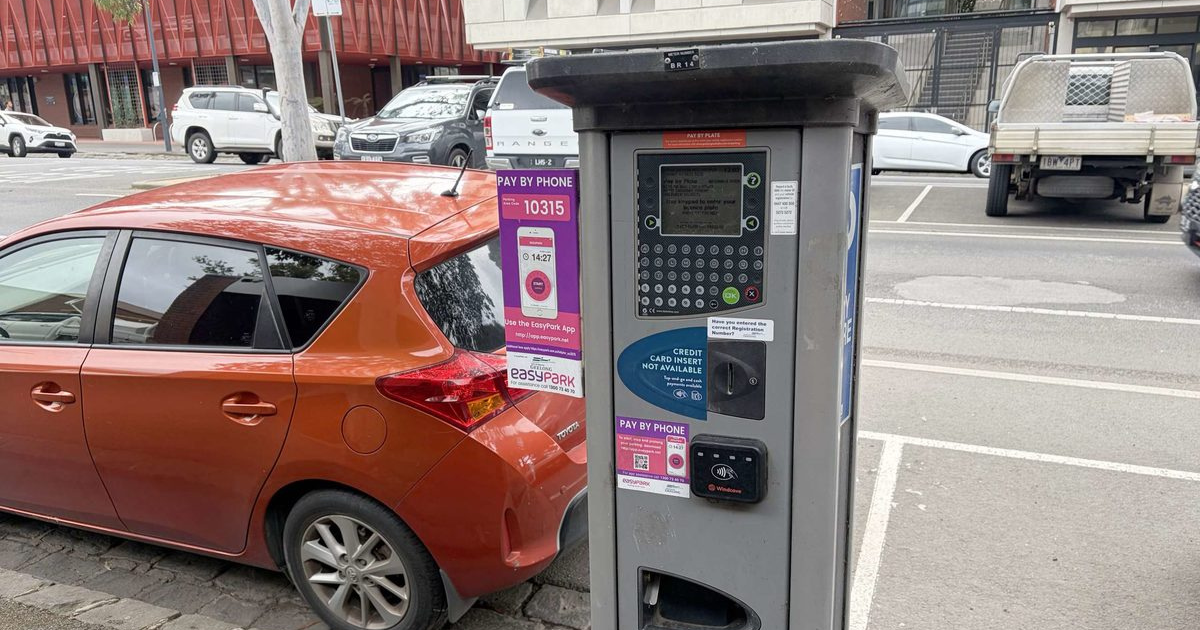Creating communities as population growth continues

Warralily directors Sean Duke and Gideon Kline, Newland Developers general manager Mark Whinfield, City of Greater Geelong mayor Stephanie Asher and Warralily urban design manager Jeremy Minter were on site for work to start on a new park at Warralily Grange.
BY ALISON MARTIN
THE City of Greater Geelong expects to receive more than $114 million in developer contributions this financial year, resulting from growth across the region, particularly through the significant residential expansion in Armstrong Creek.
Development contributions will be invested back into the community, offsetting the significant costs of infrastructure and community facilities needed to create liveable communities of the future.
According to City of Greater Geelong data, the Armstrong Creek growth area now has more than 20,000 residents and is only 35-40 per cent developed.
The city expects the population to peak at between 55,000 and 65,000 residents over the next 20 years when the suburb is fully developed.
To meet the needs of the growing Armstrong Creek community, the city has included more than 12 major community infrastructure projects across the suburb in its budget over the next four years including community hubs, sporting facilities, play spaces and environmental projects, supported by government grants and development contributions.
COGG director City Planning and Economy Gareth Smith said with every new residential development in the region, the city must ensure there is adequate community infrastructure provided to maintain a high level of liveability.
Development Contributions Plans are a transparent way the city can recover some of the costs towards the ongoing provision of this community infrastructure.
“Development contribution plans provide details of the costs and timing of key infrastructure projects required to facilitate the growth of these new communities,” Mr Smith said.
“The infrastructure delivered and levies collected span the life of the development.
“Development contributions can be payments or works-in-kind, such as the building of infrastructure like traffic signals or drainage works.
“Non-monetary contributions are generally gifted assets such as the road network and footpaths.”
Newland Developers general manager Mark Whinfield, who manages the Warralily development, said the developer contribution was paid on a per hectare basis when the land was subdivided.
Mr Whinfield said the development contribution was used for both community and infrastructure projects including pavilions, community centres, sports fields, sports stadiums, major intersections, bike paths and major creek works,” he said.
“The amount of open space within developments is prescribed in the Planning Scheme and Precinct Structure Plans that designate spatially where the open space is to be generally located.
“Within a future development area the parklands are planned in advance with aim of every home being within a 400-metre walk of a park or open space.
“Within Warralily around 30 per cent of the land is open space with the majority forming part of the green linear spine along Armstrong Creek.”

















